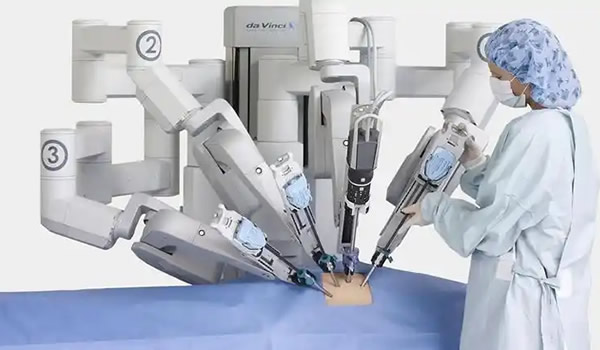Heart disease is the leading cause of mortality worldwide, with Asia carrying a heavy burden due to lifestyle, diet, and genetics. This article explores prevention, treatment options, and recovery programs in Asia.

Heart disease continues to be the number one killer across Asia, affecting millions each year and accounting for a significant proportion of premature deaths. The World Health Organization estimates that cardiovascular disease accounts for nearly one-third of all deaths in Asia. This alarming trend is fueled by urbanization, high-stress lifestyles, and dietary habits dominated by refined carbohydrates and saturated fats.
The Burden of Heart Disease in Asia
The incidence of heart disease varies across Asia. South Asian countries such as India, Pakistan, and Bangladesh report some of the highest rates due to genetic predispositions to metabolic syndrome. Meanwhile, affluent nations like Singapore, Japan, and South Korea face rising cases due to aging populations and sedentary lifestyles.
Despite economic differences, one common challenge is the underdiagnosis and late presentation of heart disease, often leading to fatal outcomes. Limited screening and delayed emergency response in rural regions further exacerbate the issue.

Risk Factors
The primary risk factors for heart disease in Asia include:
- High prevalence of type 2 diabetes and hypertension
- Tobacco use, particularly in South and Southeast Asia
- Diets rich in fried foods, salt, and processed carbohydrates
- Rising obesity rates among younger populations
- Air pollution, an emerging risk factor linked to cardiovascular events
Advances in Treatment
Cardiology in Asia has made significant progress over the last two decades. Advanced treatments now available include:
- Percutaneous Coronary Intervention (PCI): Minimally invasive procedures to open blocked arteries.
- Coronary Artery Bypass Grafting (CABG): Widely available at tertiary hospitals across Asia.
- Transcatheter Aortic Valve Implantation (TAVI): Offered in centers in Singapore, Japan, and India.
- Robotic-Assisted Cardiac Surgery: Provides greater precision and shorter recovery times.
- Preventive Cardiology Programs: Focused on risk factor management through lifestyle modification.

Preventive Strategies
The best way to tackle heart disease is prevention. Governments across Asia are implementing national programs to reduce salt intake, encourage physical activity, and promote smoking cessation. Community-level programs such as blood pressure checks and cholesterol screenings are becoming more common.
Dietary modifications play a major role. Replacing refined carbohydrates with whole grains, reducing sodium, and increasing intake of fruits and vegetables have proven effective. Incorporating yoga, meditation, and tai chi are culturally accepted approaches to stress management that complement modern cardiology care.
Recovery Programs
Recovery after a heart attack or surgery is crucial. Leading hospitals in Asia now offer structured cardiac rehabilitation programs, including:
- Supervised exercise regimens tailored to patient capacity
- Nutrition counseling with local diet adaptations
- Psychological support to address anxiety and depression post-cardiac event
- Long-term follow-up care through digital health apps and wearable monitors
Hospitals such as Mount Elizabeth (Singapore), Apollo Hospitals (India), and Asan Medical Center (South Korea) lead in offering world-class rehabilitation.
Conclusion
Heart disease in Asia is a growing epidemic, but not an inevitable one. With advances in modern cardiology, increased awareness of risk factors, and holistic recovery programs, patients now have better chances of survival and long-term health. The challenge lies in expanding access to both preventive and advanced treatment options, especially in rural and low-income areas.
heart disease Asia, best cardiology treatments, heart attack prevention